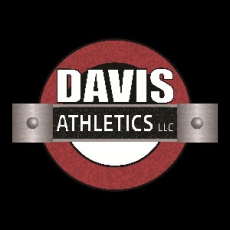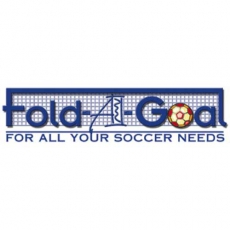California Sports & Recreation Inc., through its management staff, sales associates, and infrastructure has been involved in the park and playground industry for over 20 years, building relationships by providing the best in customer service. We are the only single sales representative organization to represent a major play equipment manufacturer in the State of California.
Spotlight Search Categories
places

